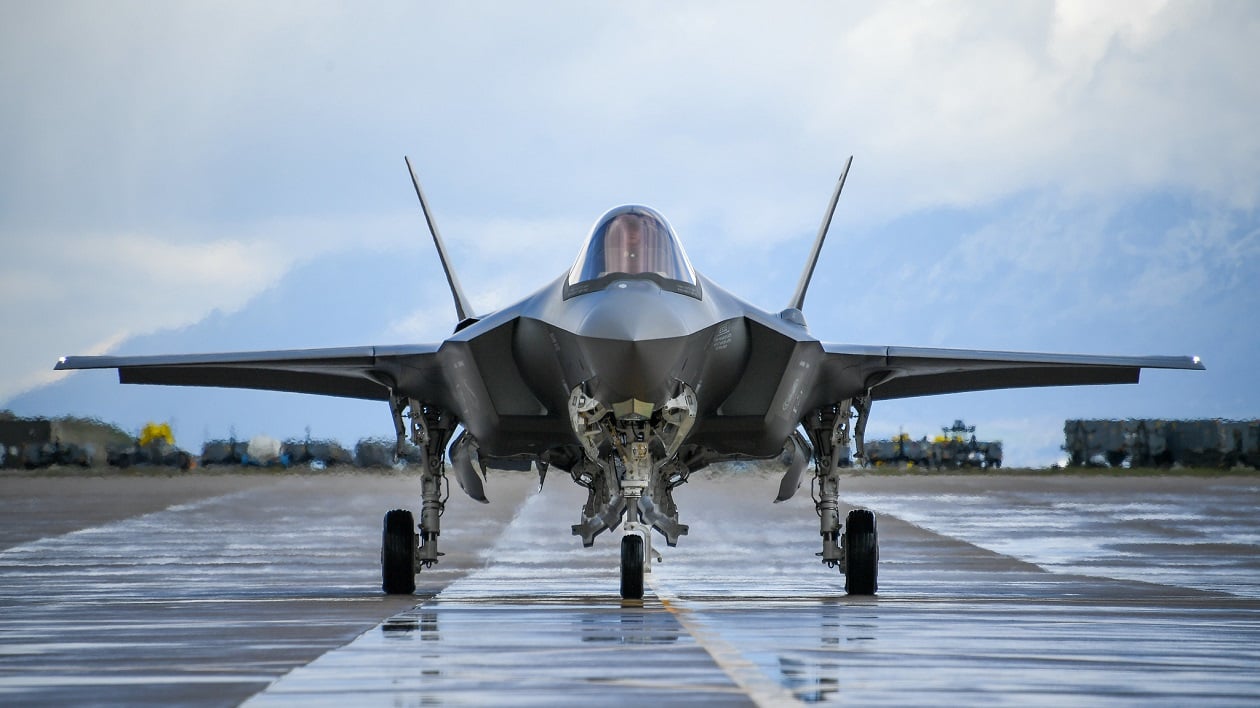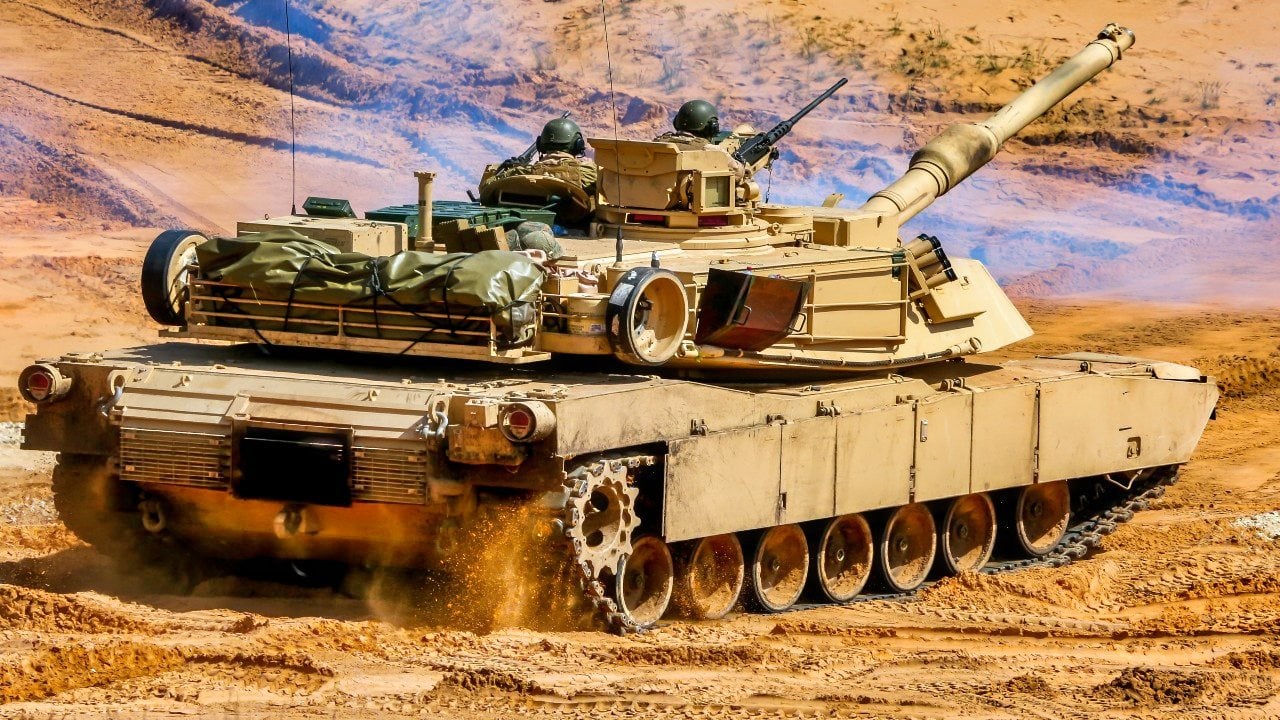If Russia Beats Ukraine, America Will Have to Massively Rearm NATO's Eastern Flank
If Ukraine’s efforts are exhausted and Russia prevails, the U.S. will have to heavily arm the six countries that make up NATO’s eastern flank—Poland, Finland, Estonia, Latvia, Lithuania, and Romania—unless it wants to send troops and fight its allies’ war for them.
Amid the chaos of last year’s House of Representatives Speaker fight, Congressional aid to Ukraine became a casualty. When Kevin McCarthy, a supporter of the Ukraine war effort, was ousted, that support was not shared by his successors and several of his colleagues. Since then, aid to Ukraine has become more divisive and stuck in limbo.
Likely contributing to this are perceptions of Ukraine’s chances of victory. While Ukraine is still resilient against Russian attacks, its stamina is not infinite; the average age of its soldiers is 40, and it has a much smaller population than Russia. There are some on Capitol Hill who are calling for reductions in armaments sent to Ukraine, while others believe the U.S. has already failed to adequately equip Ukraine to defend itself. This is consistent with the fact that globally, aid to Ukraine has gradually decreased in the last year.
But what that faction in Congress fails to acknowledge or understand is that it is infinitely more dangerous for Ukraine to be defeated and have Russia on the doorstep of the West. If Ukraine’s efforts are exhausted and Russia prevails, the U.S. will have to heavily arm the six countries that make up NATO’s eastern flank—Poland, Finland, Estonia, Latvia, Lithuania, and Romania—unless it wants to send troops and fight its allies’ war for them.
The frontline state that has received the most assistance thus far is Poland, due to its large, shared border with Ukraine. Poland has upheld its two percent of GDP commitment to defense spending and has been the United States’ most indispensable NATO partner since the war in Ukraine began. Likewise, the United States has signed five-year defense cooperation agreements with each of the three Baltic countries, which include “integrated air and missile defense... participation in international military operations and exercises, infrastructure development and training,” according to the Pentagon.
However, Finland’s recent accession to NATO doubled the alliance’s border with Russia overnight, providing a buffer against the vulnerability of the three small Baltic countries. But as a result, Moscow has escalated the rhetoric it used for years to dissuade Finland from joining NATO in the first place, graduating from implicit threats of aggression to overt ones. As Vladimir Putin commented as early as 2016: "What do you think we will do in this situation? We moved our forces back [from the border], 1500 kilometers away. Will we keep our forces there?"
Now, Russia’s permanent diplomat to international organizations, Mikhail Ulyanov, has stated that Finland would be the “first to suffer” in the event of a war between Russia and NATO. “Since they are our neighbors, if, God forbid there is some escalation, they will be the first to suffer,” Ulyanov told RIA Novosti, a state-owned news outlet.
He also described the defense cooperation agreement between Finland and the United States, in which Finland allowed U.S. troops to be stationed and military equipment to be stored at Finnish bases, right on Russia’s doorstep, as “already a serious challenge” to Moscow.
In response to the defense agreement with the U.S., Finland’s ambassador to Russia was also warned that Moscow will "not leave unanswered the buildup of NATO military potential on our border, which threatens the security of the Russian Federation, and would take the necessary measures to counter the aggressive decisions of Finland and its NATO allies."

Given those threats, Finland is likely the most urgent candidate to receive new U.S. equipment. In preparation for the need to defend a massive NATO border with Russia, Helsinki is already scheduled to receive 64 of the F-35A, the most advanced combat aircraft currently available. The F-35A is an invaluable asset to the U.S. and its NATO allies for its ability to collect and share more information than other tactical aircraft due to its virtual invisibility to enemy radar, and for its intelligence, surveillance, and reconnaissance capabilities.
Given its long border with Russia, Finland is also a logical candidate for M1A1 Abrams tanks. The M1A1 is superior to any tank fielded by the Russian military.

Thankfully, Ukraine is still holding its own and not backing down in the face of Russian aggression. It is focusing much of its efforts on ousting the Russian army from the country’s easternmost regions, and has gained a foothold on the eastern side of the Dnipro River. Even Russian military leaders have admitted to this being the case. Maintaining this foothold will likely be the deciding factor in Ukraine’s ability to recapture Crimea, which was illegally annexed by Russia in 2014.

However, there are also reports that the Ukrainian army has sustained heavy losses. And though they have made these strides ahead of winter, this year’s winter is predicted to be harsher than the last. Their fortunes could turn, and their progress could be reversed under the wrong mix of circumstances.
This is the wrong moment for members of Congress to reduce arms transfers to Ukraine on the table. Conditions of war are changeable, and Congress cannot afford to assume that if Ukraine is lost, the cost of defending the West will not become far greater.
About the Author
Sarah White, M.A. is Senior Research Analyst and Editor at the Lexington Institute.
This article was first published by RealClearDefense.
All images are Creative Commons.

